Being featured in Substack newsletters is such an underrated SEO tactic. In fact, it's flying so much under the radar that it's worth exploring more.
We think you should consider adding it to your marketing strategy.
Let's find out why.
Table of Contents
Substack links are 'dofollow'
Websites are often backlinked using either 'dofollow' or 'nofollow' links.
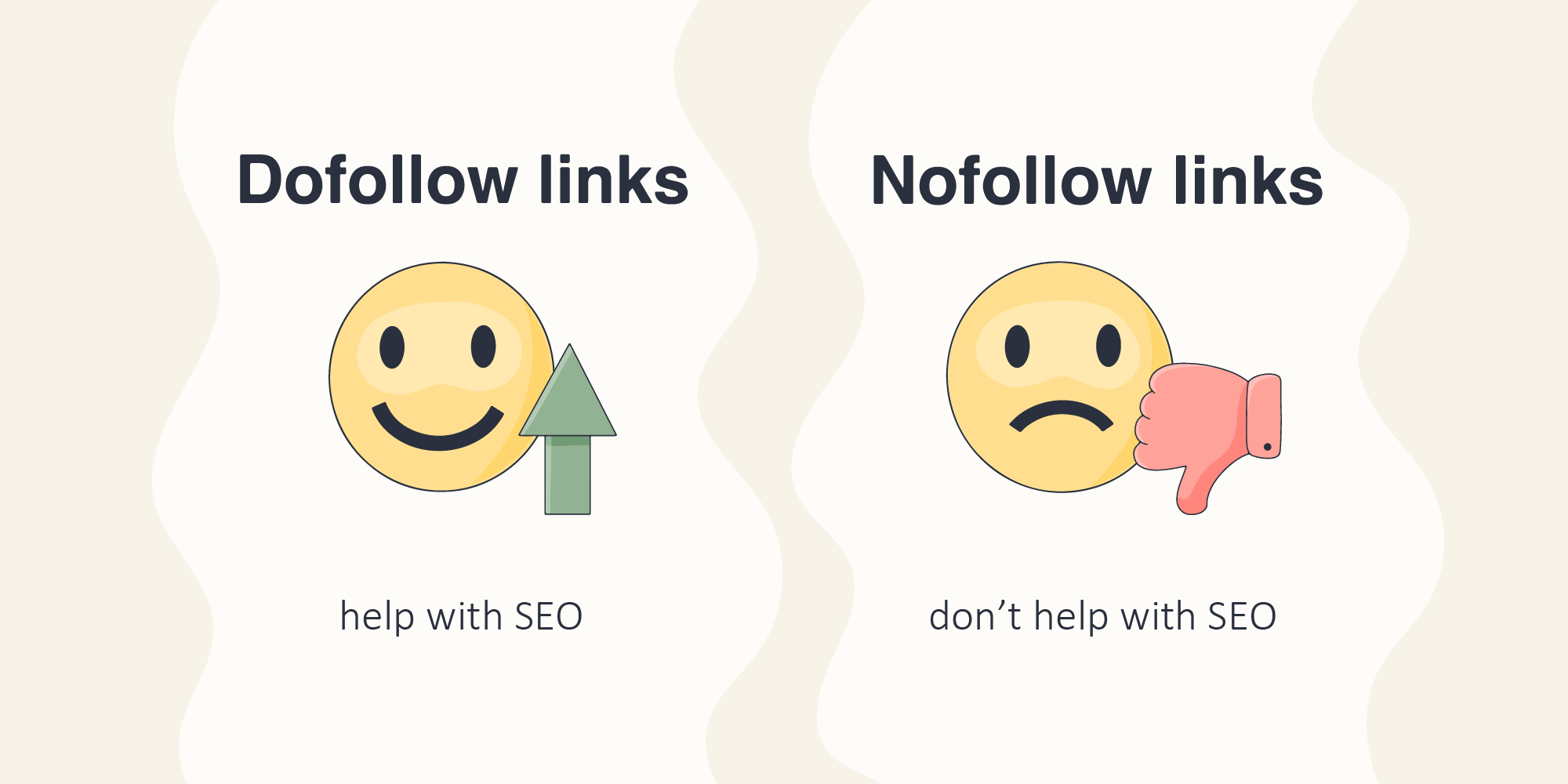
What is 'dofollow'?
The 'dofollow' tag lets so-called "link juice" flow from the origin website to yours.
In other words, 'dofollow' passes the origin website's authority (in this case, a Substack newsletter) along the line to yours. Every 'dofollow' link back to your website tells the search engines that your website is one that others see as worthwhile.
Higher authority websites are seen as more trustworthy and are more likely to gain high rankings in search results.
So, if an authoritative website with high-quality content links to yours, a little of its authority passes to you. Similarly, when you link to someone's website, that increases their authority because you show Google and other search engines that you endorse it.
All links are automatically 'dofollow' by default, so there's no need to add them to your HTML code.
What is 'nofollow'?
'nofollow' is part of your website's HTML code. It's assigned to the 'rel' attribute of the <a> element used for hyperlinks. Adding 'nofollow' won't affect where the link goes, but it comes without link juice. That means 'nofollow' links don't convey authority from one website to another.
Why? Well, 'nofollow' links were initially designed to counteract spammy, poor-quality websites using paid backlinks. Nowadays, they're typically used on affiliate or sponsored links, although you can add "rel=sponsored" instead.
Substack 'dofollow' links
All Substack links are automatically 'dofollow' links; there's no way to change them. So every time your website, newsletter or blog post is mentioned (and hyperlinked) in a Substack newsletter, link juice flows along.
(Remember that affiliate links will also be 'dofollow' on Substack, so use them cautiously on your own Substack.)
Many Substack newsletters have a custom domain
Substack newsletters are automatically set up as yourname.substack.com. However, it's possible to set up a Substack using your own domain name—yourname.yourdomain.com. (If you love that idea, here's how you do it.)
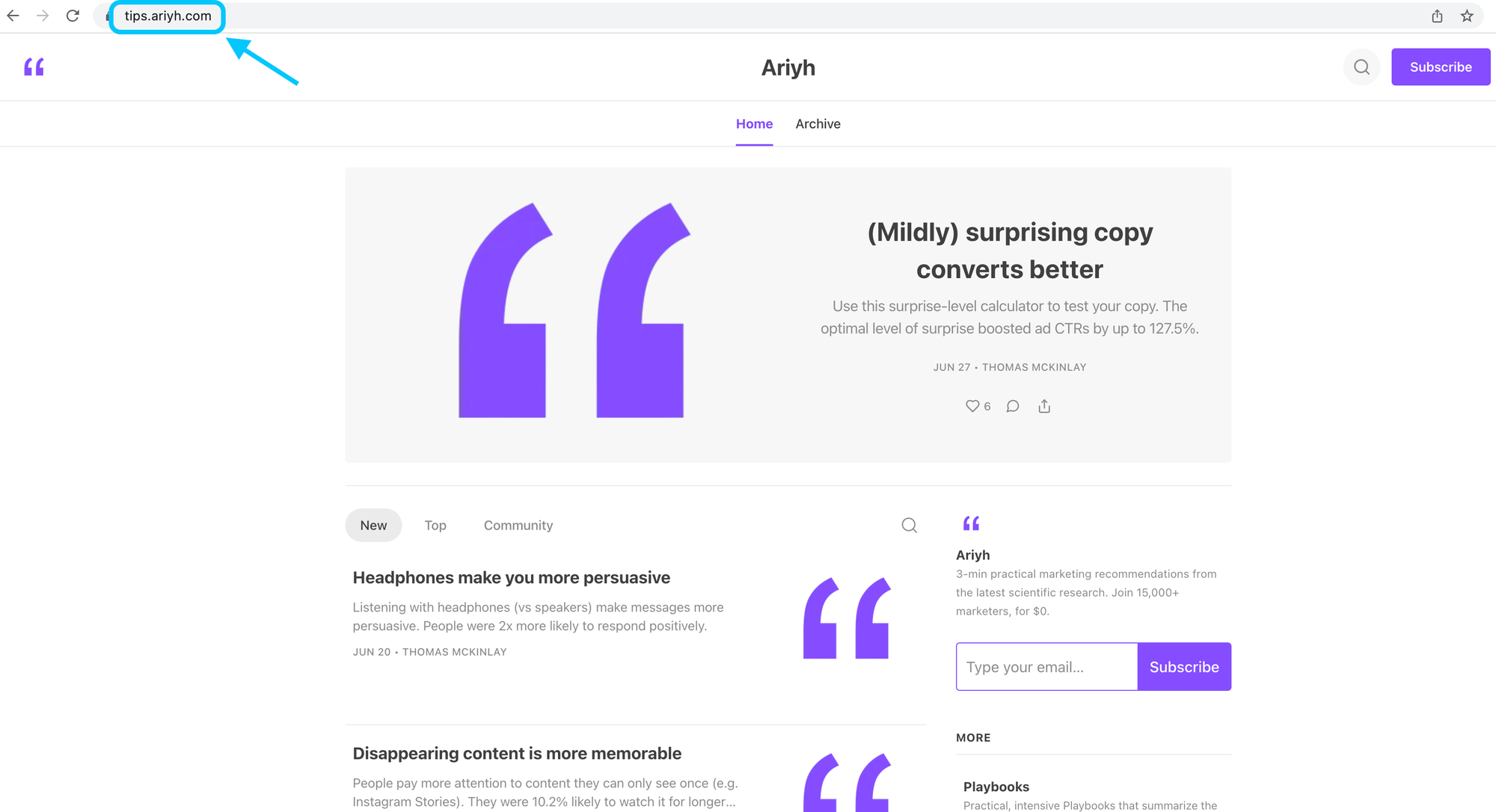
Suppose a company has an existing domain with good domain authority and adds a Substack account to it. In that case, the SEO juice will get passed to the newsletter.
Therefore, when they feature you (with a backlink) in their Substack newsletter, the authority from that existing domain passes to you, too.
Every newsletter has a niche
Let's go deeper into the SEO weeds and consider how semantically related keywords can help with Substack newsletter backlinks.
Remind me what semantically related keywords are again...
Semantics is the meaning of words. So, semantically related keywords are words and phrases that are somehow relevant to each other.
Some examples:
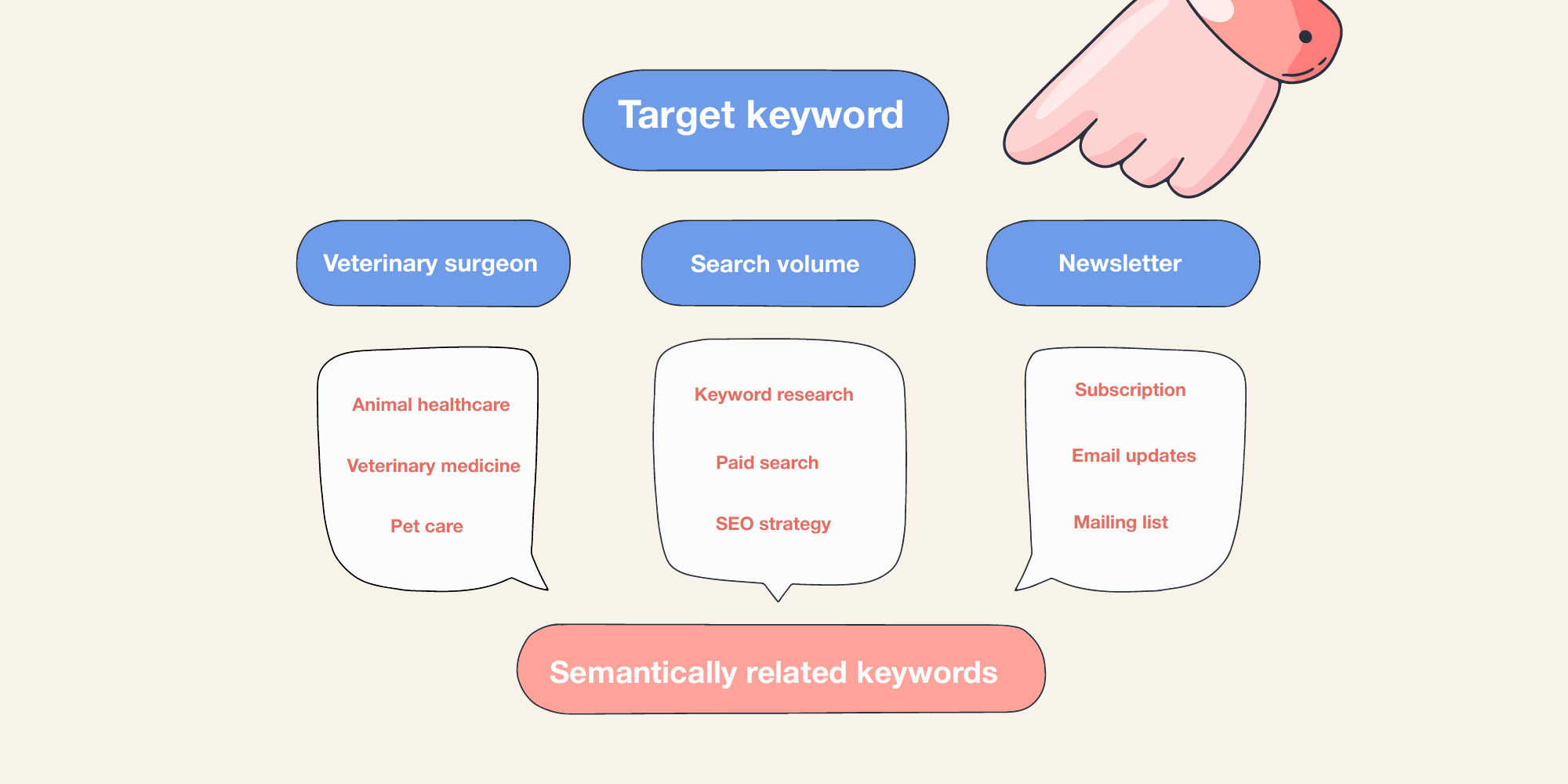
Semantically related keywords can boost your backlinks
Say you get featured in a newsletter in your niche. When that newsletter uses keywords semantically related to your target keywords, Google sits up and takes notice.
For example, if you're a Car Dealership featuring in a Substack car-themed newsletter and they use keywords like brakes, engines and tires, a little more link juice may flow your way.
How get Substack newsletter backlinks
How do you get featured in Substack newsletters—or any email newsletters for that matter?
Choose your tactic
Advertise

You might think the easiest way to leverage newsletter backlinks is through advertisements and sponsorships.

- Find newsletters in your niche or a different niche with audiences that relate to yours.
- Write enticing ad copy.
- Decide on the ad form (e.g., display ad, native ad, dedicated emails) (For more info, read our comprehensive guide to newsletter advertising.)
- Include a prominent link to your website or newsletter in the ad.
Now, remember. Substack newsletters contain all 'dofollow' links. So, even ad links in Substack will count as backlinks. Not so with non-Substack newsletters, where links may well be marked 'nofollow.'
However, Substack authors are not encouraged to use a lot of advertisements, sponsorships or affiliate links. They're not banned altogether. But Substack highly recommends authors use paid subscriptions over ad revenue, so you'll find relatively few sponsorships and affiliate links in Substack newsletters.
Get featured organically

Organic reach happens when newsletter writers mention you for free! Sounds too good to be true, I know, (especially when you're starting out.)
So, here are some ways you can attract writers who may go on to feature your brand in their newsletter.
Create great content.
Include:
- Case studies and success stories
- Expert Q&A articles
- Data-driven articles
- Unique thought pieces
- Give a behind-the-scenes peek into your business or process
Use subscriber spotlights.
Use your newsletter/website to highlight stand-out community members, newsletter subscribers or people in your network.
Run interactive webinars or workshops.
These have the effect of showcasing your expertise while helping people in your industry/niche.
Make helpful comments on social media.
Get noticed in other people's social media communities by offering insightful comments. You can:
- Offer a different perspective.
- Give helpful advice when other people ask questions.
- Make a positive comment, then add more tips to the conversation.
Use PR to attract other media interest (e.g., news media, local groups, TV, and other social media influencers in your target niche.) Donate time or money to a cause, offer your expertise in the community, and get involved in charity fundraising ventures.
Network.
Get to know others in your niche. Consider:
- Attending industry events
- Joining mastermind groups
- Signing up for expert-led classes
- Joining the social media groups where the people you want to contact hang out
- Being on expert panels
- Guesting on podcasts or offering guest content on blogs with relevant audiences
Get quoted as an expert by other media reporters.
Sign up for HARO (Help a reporter out, a site that connects journalists with expert sources.
Cross-promote
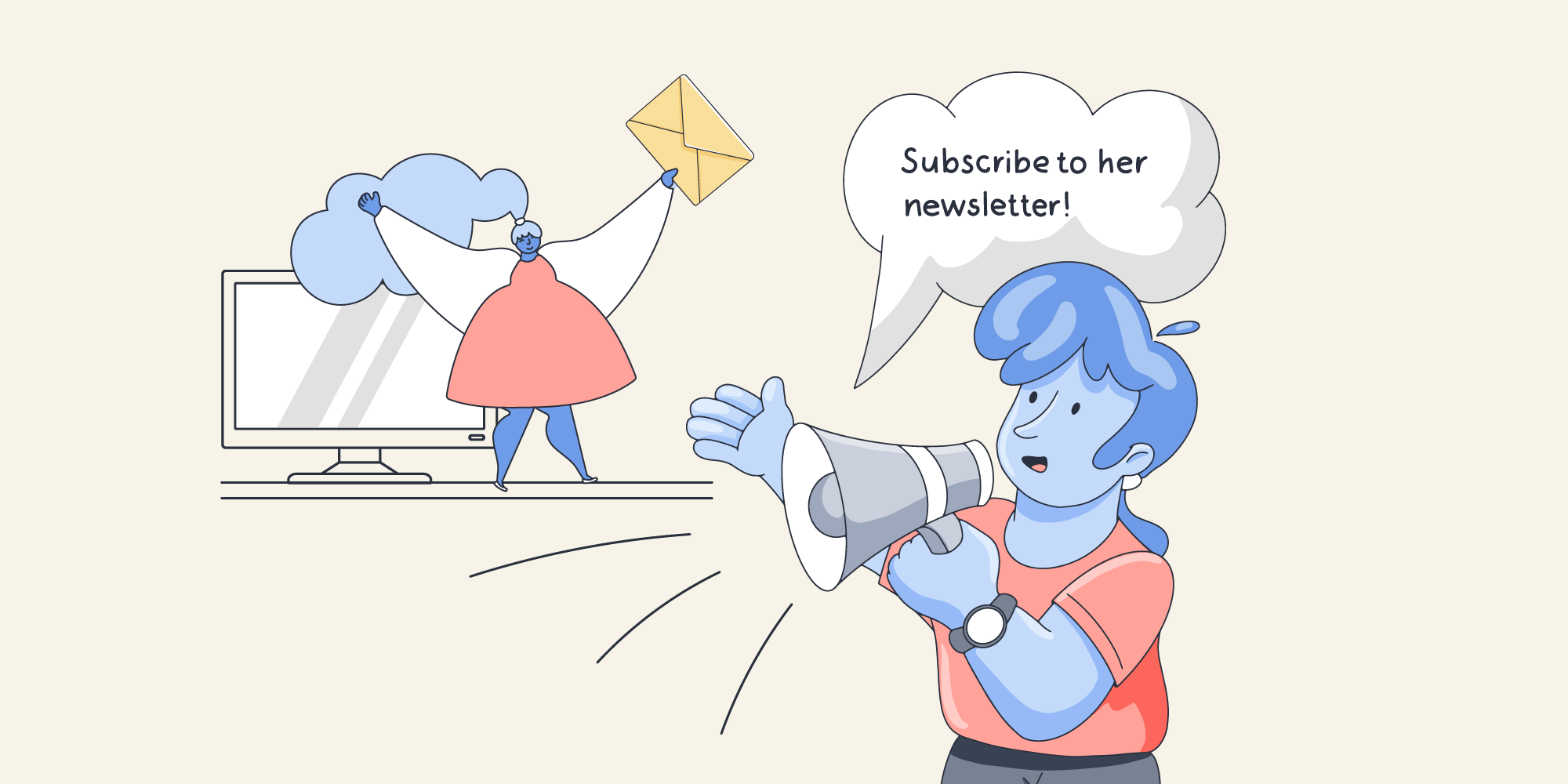
Use Substack Recommendations:
If you're a writer and want to be featured by another writer, include their newsletter in your list of recommendations.
Use the optional blurb to say why you highly recommend this writer.
Learn more about using Recommendations here.
Approach a newsletter writer directly:
Send them an email pitch saying how much you enjoy their newsletter and how you would both benefit from a cross-promotion.
Collaborate:
Take cross-promotion further and join forces with another newsletter writer on a unique project.
Further reading: 10 Tactics To Grow Your Newsletter Subscribers to 10k
Find newsletters in your niche
Realistically, you can't read or follow every newsletter in your niche.
So how do you find and connect with newsletters that offer great content and could be helpful?
Use Reletter, a newsletter database with information on more than a million Substack newsletters.
Read our complete rundown on using Reletter to find and connect with likely newsletters in your niche.
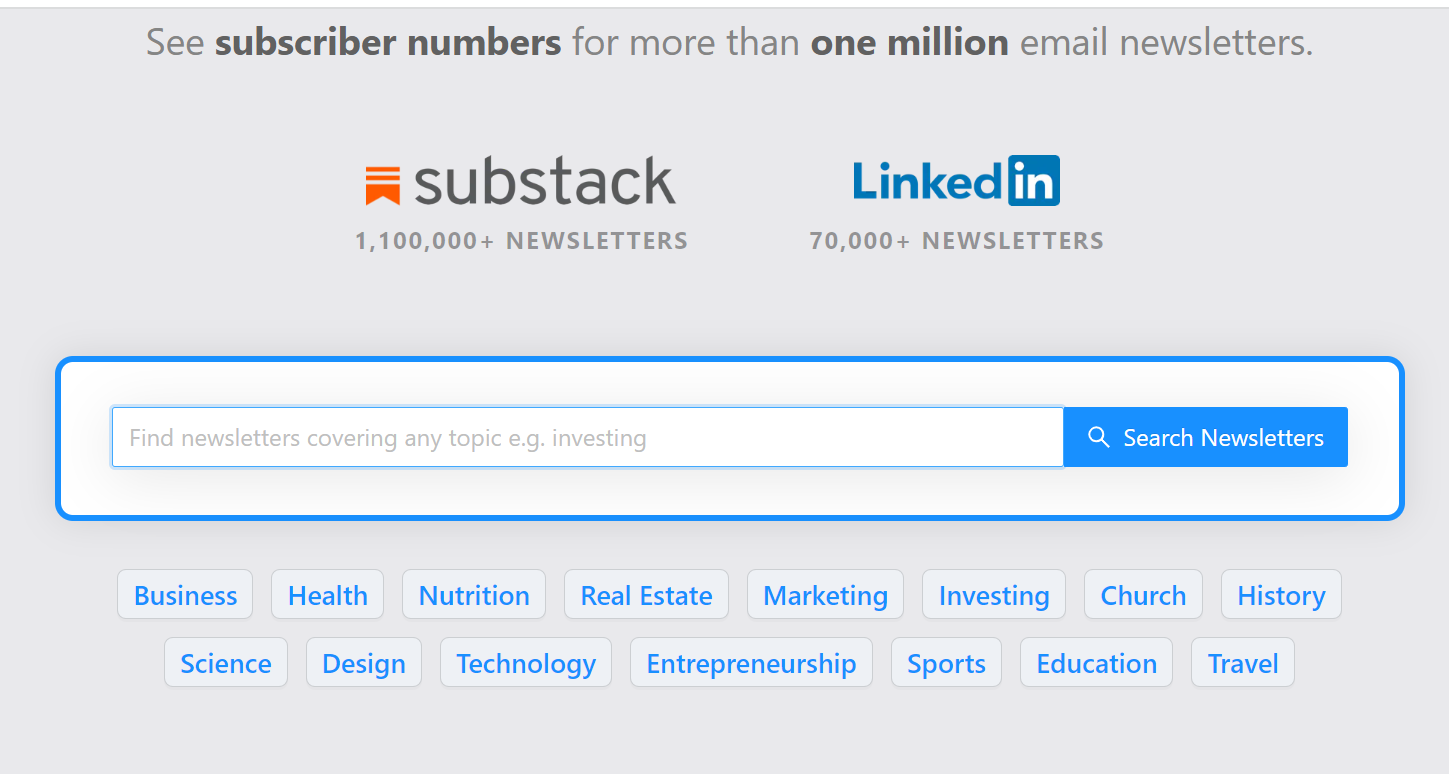
Check their stats
How do you know they're suitable newsletters? Use Reletter to check their stats.
Reletter has information about every newsletter's audience, subscriber numbers, social media engagement, links to back issues, and so much more.
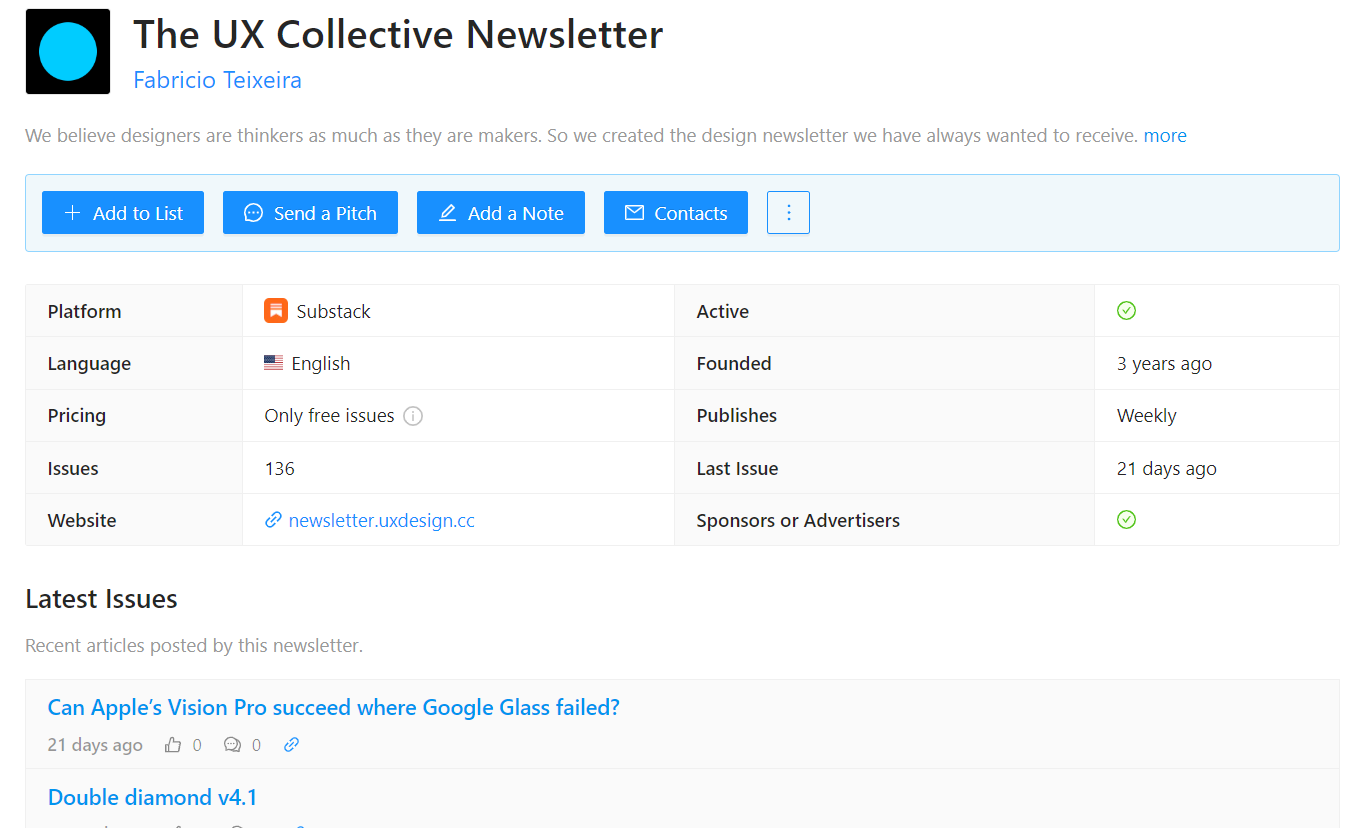
Contact the writer
Get in touch with the writer using Reletter's handy pitch templates and the contact info provided.
If you're not already on their radar, you'll be making what's known as a cold pitch. Cold pitch emails should explain the following:
- Who you are
- Your relevance to them
- Why you love their newsletter (quote specific issues)
- What you're proposing
- Leave them interested and wanting to know more.
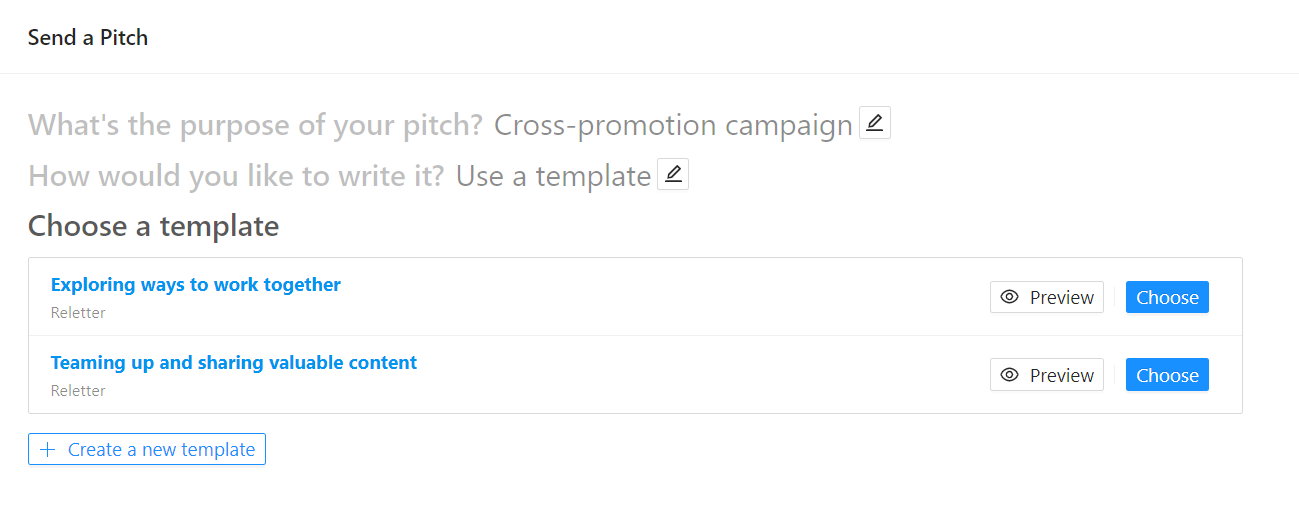
Prepare the content
Advertising content must stick to any word or character limits. You might even be able to use an image as well as text.
Organic content is usually created by the newsletter publisher, so make sure you've told them what is so unique about your article, product or service.
Cross-promotion content can include social media posts, a paragraph or even a full article with links in your newsletter, and a mention on other channels if you have them (e.g., your podcast or blog.)
Collaboration content requires more effort. You might decide to swap guest articles or interview each other, co-create a special edition that goes out to both audiences, collaborate on research or even co-host a webinar or workshop.
Final thoughts
There are so many untapped opportunities when it comes to newsletters.
Newsletters can be very effective for SEO when they're done well. They're also brilliant for brand awareness and lead generation.
Reletter has the stats for Substack newsletters, but that's not all. You'll also find 65k LinkedIn newsletters on the platform.
Till now, there hasn't been an easy way to search for LinkedIn or Substack newsletters and see their stats. Now there's Reletter!
Claim your free 7-day trial to find newsletters the easy way.


